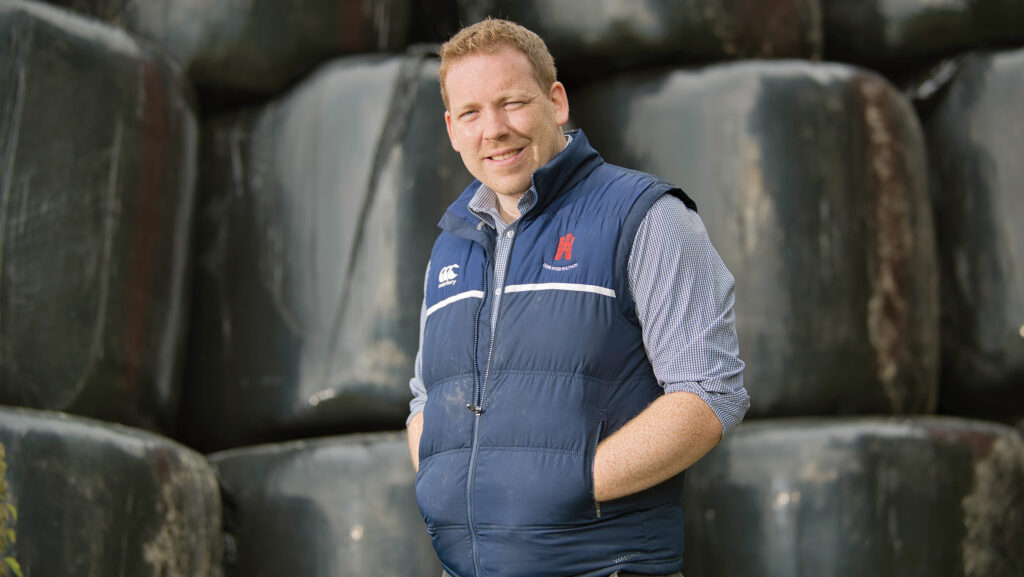Farmer Focus: Sheep numbers likely to stay low
 Joe Mault © Richard Stanton
Joe Mault © Richard Stanton When I wrote my last column, I thought we were on the cusp of spring. I was sure the longer days and sunshine were just around the corner – how wrong I was.
The past month has been horrendous in terms of weather for lambing. What made the matter slightly worse was that we had limited space for housing ewes because the heifers were not getting turned out.
See also: Schmallenberg outbreak hits early lambing flocks
Considering the weather’s best attempts at disrupting lambing, it hasn’t been too bad in terms of losses.
I know some farmers have had an awful time and I very much feel for them in this situation. The early lambers had to deal with Schmallenberg virus and later lambers had the appalling weather.
The issues the industry has faced this lambing season are bound to influence lamb numbers for this coming year.
However, with a lower supply of lambs available for sale, the principle of supply and demand suggests prices will likely remain high.
This poses a double-edged sword for both buyers and sellers. While we may benefit from increased prices a head, consumers may face higher costs for Welsh lamb and we might see some resistance to buying it.
Amid these challenges, there emerges an unexpected trend that further complicates the situation.
Faced with the allure of the current high market prices for lambs, some local shepherds are selling their breeding ewe lambs.
Normally, these ewe lambs would be retained to replenish the shepherds’ own sheep numbers, or find their way to the breeding sales.
Yet the lure of short-term financial gain in the face of uncertainty has prompted some to forego long-term sustainability for immediate profit, which I totally understand.
This shift in behaviour carries its own set of unintended consequences. By selling off breeding ewe lambs, we risk undermining the future reproductive capacity.
June 2023 survey revealed that the breeding ewe population was 15.4m. This is the smallest recorded figure since 2012, and indicates a 6% decline year on year.
This will no doubt exacerbate the already precarious situation of dwindling lamb numbers in subsequent seasons, feeding a cycle of decline in both productivity and profitability.

